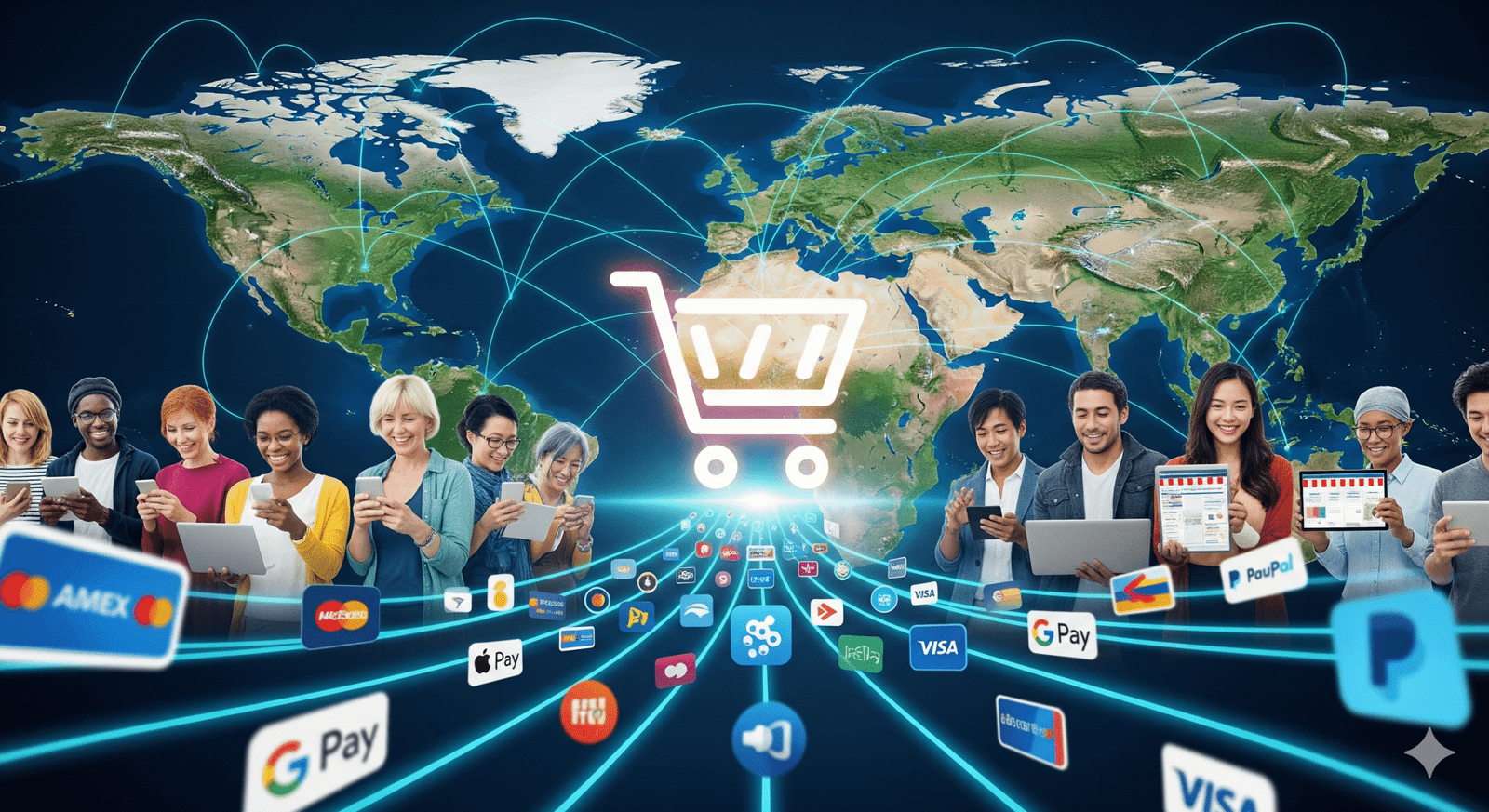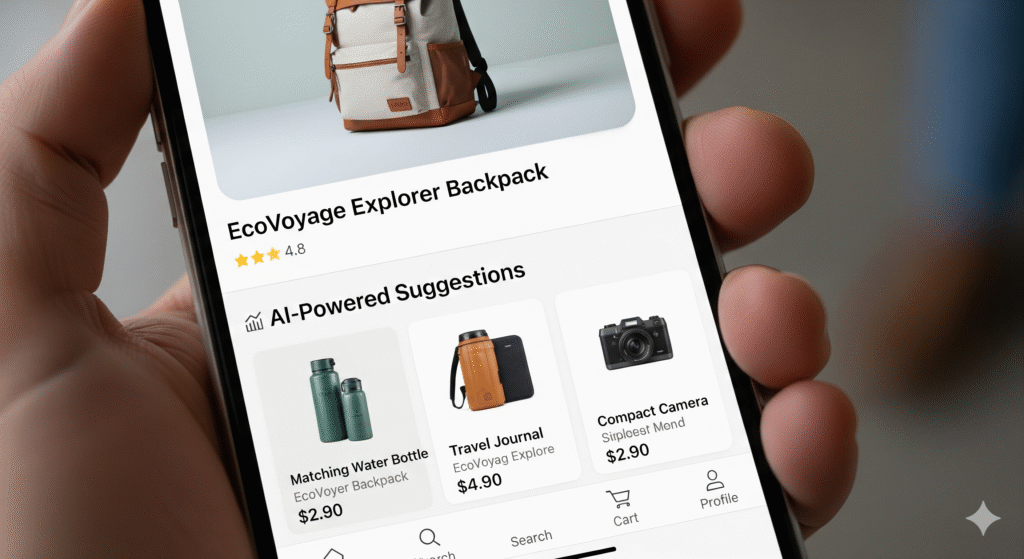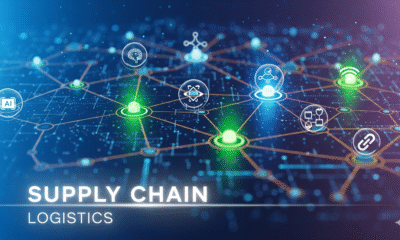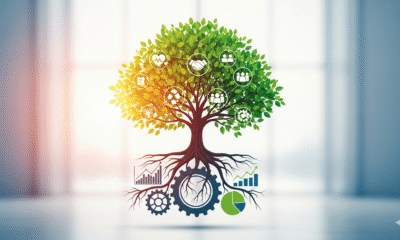Business
The Rise of E-commerce and Shifts in Consumer Behavior
E-commerce has completely transformed the global marketplace, changing how consumers shop, pay, and interact with brands. This digital revolution is fueled by the convenience of 24/7 accessibility, global reach, and innovative technologies. Today’s consumers expect lightning-fast delivery, easy returns, and personalized experiences powered by data and AI. From virtual fitting rooms in fashion to voice-activated search, businesses must continually innovate with technologies like social commerce and eco-friendly logistics to meet these evolving demands. To remain competitive, companies must find the right balance between convenience and responsibility in this fast-paced digital economy.
















